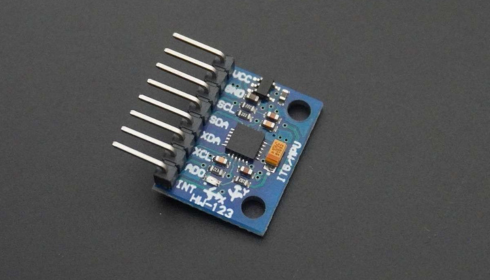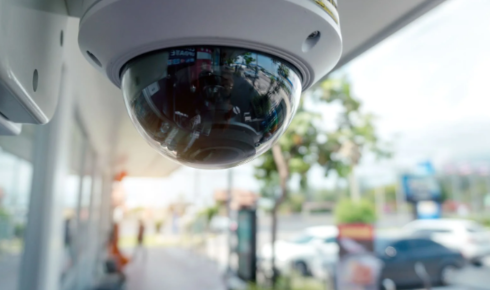In the era of smart technology and advanced electronics, gyro sensor technology plays a crucial role in enhancing device functionality. These sensors, also known as gyroscopes, are integral in detecting orientation and rotational movement. From smartphones to autonomous vehicles, drones to gaming consoles, the application of gyro sensors is widespread and constantly evolving. This article delves deep into what gyro sensors are, how they work, and their importance in modern devices.
What is a Gyro Sensor?
A gyro sensor is a device used to measure the angular velocity or rate of rotation of an object. This sensor works on the principle of detecting changes in orientation relative to the Earth’s axis. There are various types of gyroscopes, including mechanical, optical, and MEMS (Micro-Electro-Mechanical Systems) gyros. Among them, MEMS gyroscopes are the most commonly used due to their compact size, low cost, and reliability.
How Does a Gyro Sensor Work?
Gyro sensors detect rotational movement by using the Coriolis effect. When an object spins, a force is generated perpendicular to the direction of the motion. A MEMS gyro has a tiny vibrating structure inside it. When the device rotates, the Coriolis force acts on the vibrating structure, and this movement is converted into an electrical signal that represents angular velocity.
This information is then interpreted by the device’s processor to determine its orientation or movement direction. When combined with accelerometers, gyro sensors can provide precise data on both linear and angular movement, making them ideal for applications that require accurate motion sensing.
Applications of Gyro Sensors
Gyro sensors are embedded in a wide range of devices and systems, each leveraging the sensor’s ability to detect movement and orientation accurately.
- Smartphones and Tablets
In mobile devices, gyro sensors work alongside accelerometers to detect screen orientation, aid in augmented reality (AR) applications, and enhance gaming experiences. For instance, tilting your phone to play a racing game or using navigation apps that respond to direction changes rely heavily on gyroscope data. - Drones and UAVs (Unmanned Aerial Vehicles)
Stability and flight control in drones depend on gyro sensors. They help maintain balance by constantly adjusting the drone’s rotors to counteract unwanted motion caused by wind or user commands. - Automotive Systems
Modern vehicles use gyro sensors for electronic stability control (ESC), rollover detection, and navigation systems. These sensors assist in making real-time adjustments to the vehicle’s trajectory, especially in slippery or emergency conditions. - Gaming Consoles
Motion-sensing gaming consoles like the Nintendo Wii and PlayStation controllers use gyro sensors to capture and replicate player movements accurately in-game. - Virtual and Augmented Reality
Gyro sensors are vital for immersive VR and AR experiences. They track head movements to adjust visuals in real-time, allowing users to interact naturally with virtual environments.
Advantages of Using Gyro Sensors
- High precision: Gyroscopes offer accurate angular velocity measurements.
- Compact size: MEMS gyros are small and can be integrated into a wide range of devices.
- Low power consumption: They are energy-efficient, making them suitable for portable devices.
- Real-time feedback: Their fast response time ensures real-time orientation and motion tracking.
Future of Gyro Sensor Technology
As industries like robotics, wearable technology, and autonomous vehicles expand, the demand for more precise and responsive gyro sensors will grow. Innovations in sensor fusion — combining data from multiple sensors such as GPS, accelerometers, and gyroscopes — are paving the way for smarter, more intuitive systems.
Advanced applications like drone deliveries, self-driving cars, and intelligent prosthetics rely heavily on accurate motion sensing. Therefore, the future of gyroscope sensor technology lies in its ability to become more adaptive, intelligent, and miniaturized, without compromising accuracy.
Conclusion
Gyro sensors are the unsung heroes behind the scenes in countless technologies we use daily. Whether enabling smooth gameplay, aiding in vehicle safety, or powering cutting-edge AR experiences, these sensors are indispensable. As technology continues to evolve, so will the capabilities of gyro sensors, ensuring they remain at the core of motion and orientation-based innovations.







